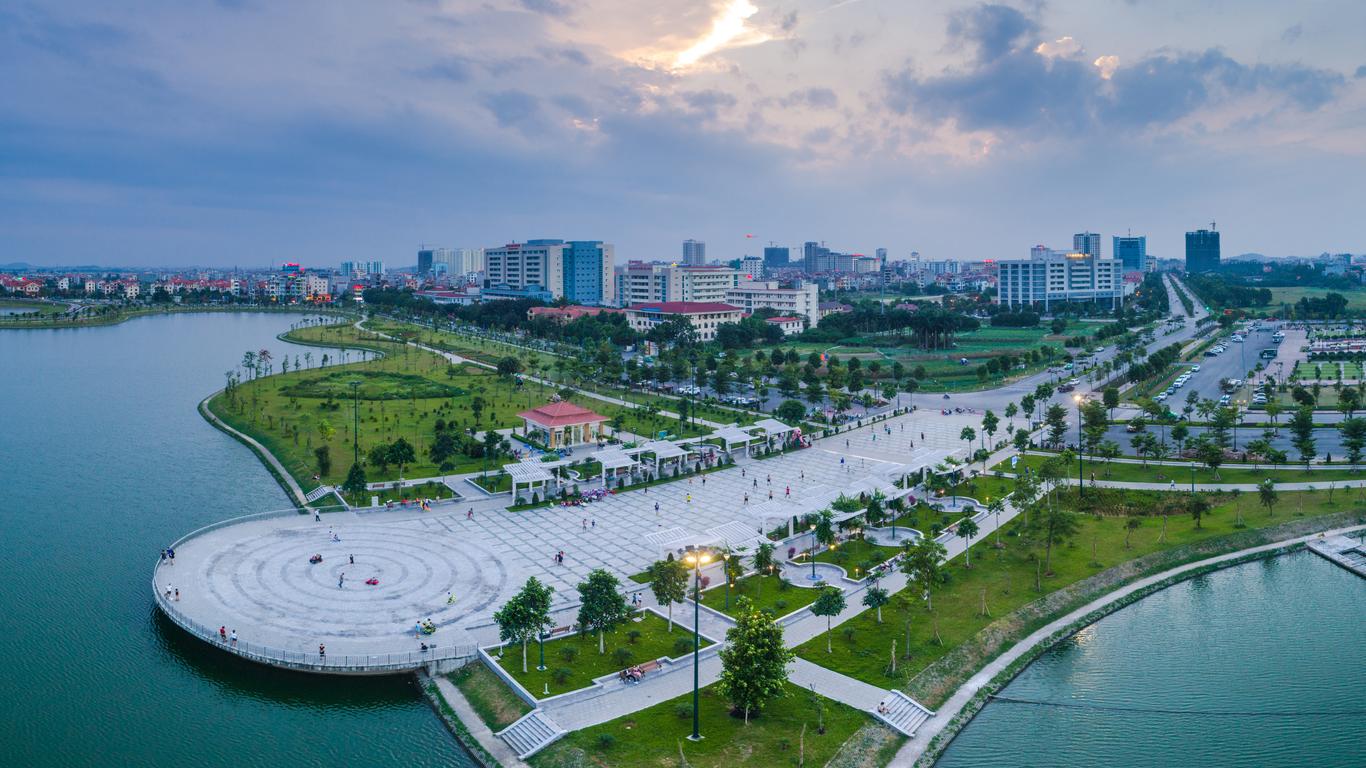A traditional centre of Buddhism and trade, Bac Ninh welcomes visitors with its serene architecture and ancient tales. Located 30 kilometres north-east of Hanoi, the city is the famous home of Quan Ho, a form of folk music that is now on the UNESCO Cultural Heritage list.
History has been well preserved in Bac Ninh, making it a pleasant alternative to the bustle of nearby Hanoi. For almost 1,000 years, this was an essential trade centre. Although the town’s importance began to dwindle from the 10th century onwards, a number of nearby handicraft villages continue to practice their ancient arts. These include Dong Ky for wood, Dong Ho for natural paint, Phu Lang for pottery, and Dai Bai, where artisans craft bronze figures using ancient techniques. The sound of Bac Ninh’s traditional music fills the streets on the 13th day of the year’s first lunar month, a celebration which is far more authentic than the folk singers who sometimes perform in the handicraft villages.
Thanks to the shopping options in the surrounding villages, many foreign visitors stop for an hour in Bac Ninh on the route between Hanoi and Haiphong. This town is also an easy day or overnight trip from Hanoi, along with being an enchanting alternative to staying in the big city. A journey from Noi Bai International Airport will take just over an hour by private taxi. Bac Ninh can be discovered on foot or by bicycle, with the flat terrain ideal for a day in the saddle.
Bac Ninh’s traditional crafts garnered international acclaim during the late 19th century when the town was under French colonial rule. It became famous across the world for lacquer work and ornate mother-of-pearl laden trays and boxes.





